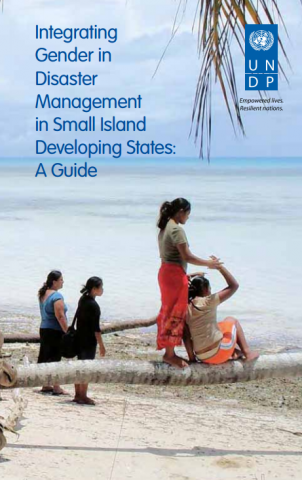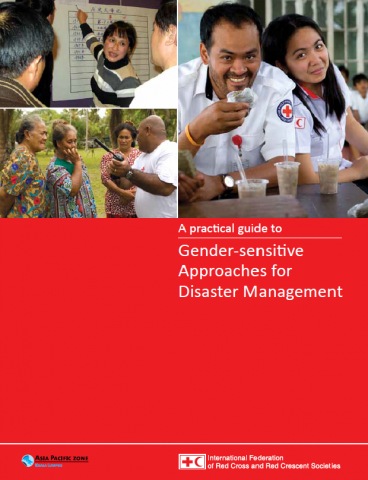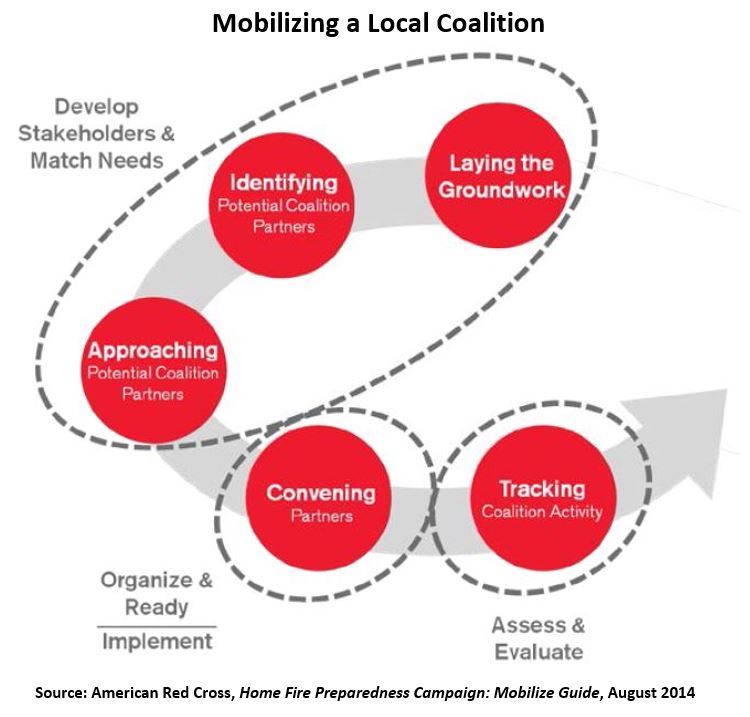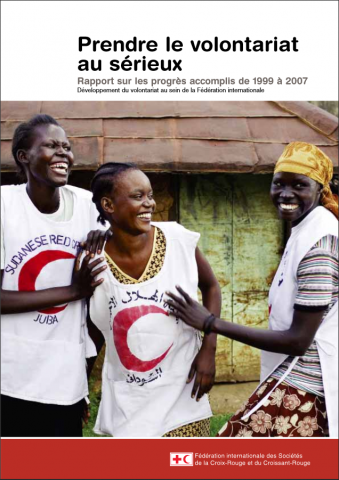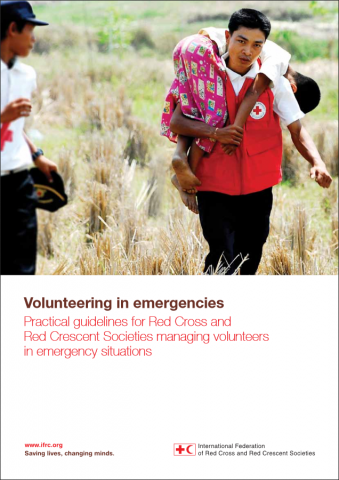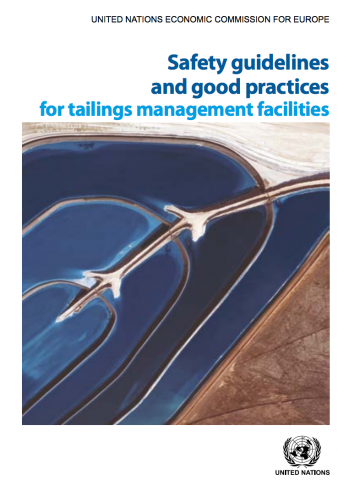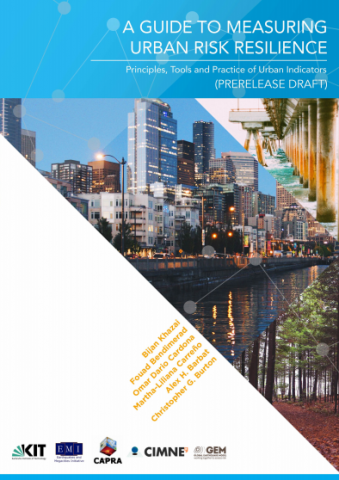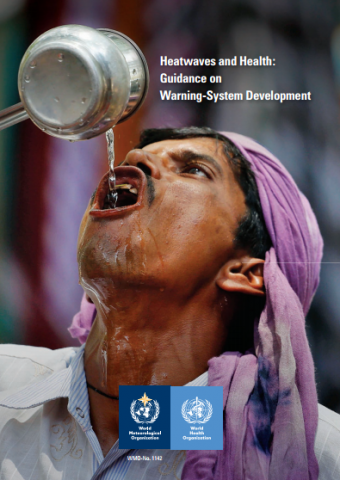GIS Use Cases
American Red Cross International Services Department (ISD) has piloted and refined applications of Geographic Information Systems (GIS) to its core programming and response activities. In this time, we’ve found that the best tools and the most effcetive approaches meant little without strong relationships with our program staff rooted in their day-to-day realities of program management […]

